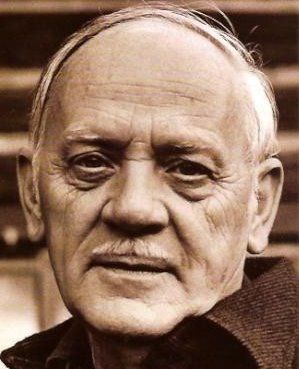No products in the cart.
Creativity involves breaking out of established patterns in order to look at things in a different way.—Edward de Bono, creative thinking expert
We are all born with our own unique, natural ability to create. But in the process of growing up and adapting to society’s conventions, more and more of our creative potential succumbs to the power of social conditioning; the acceptance and conformity to customary ways of thinking, and ultimately to established patterns of perceiving and interacting with the world.
Experts speculate that up to 75% of our inherent creativity is lost in childhood, and by full adulthood, we express less than 2% of the creativity we are born with.
Children may define creativity as “doing something fun,” equating it with free and enjoyable activities like drawing or playing music. Adults may find it easier to define the absence of creativity: unhappy, unoriginal, boring, routine, blind, outdated, etc.
“At the simplest level, creativity means bringing into being something which was not there before,” says Edward de Bono, world-renowned expert on creative thinking. “The new thing must have value, and it must include the concepts of unexpectedness and change.”
It’s widely accepted that the left side of our brain is responsible for processing information logically, while the right side takes a more holistic view of information and is known as the more creative half of the brain. Considering that we become less creative as we age, we could conclude that the left side of our brain is more active than the right, and that activities designed to stimulate right-brain activity could help promote creativity.
But a recent study indicates that creativity relies on activity throughout all the sections of the brain.
In the study, six professional jazz pianists were brainmapped, once while playing a scale or a memorized composition exactly as written, and again when they were free to randomly improvise.
Researchers observed that the brain regions that were quiet during improvisation are involved in consciously monitoring, evaluating, and correcting behaviors, while the regions that were active are associated with self-expression.
But creativity isn’t just about self-expression; it was noted that the brain’s sensory regions were more active during improvisation.
“One important thing we can conclude from this study is that there is no single creative area of the brain—no focal activation of a single area,” says researcher Allen Braun, MD, in a news release. “You see a strong and consistent pattern of activity throughout the brain that enables creativity.”
So creativity is not exclusively a right-brain activity, nor it is merely about painting a new masterpiece or writing a bestseller. Creativity is essential to our quality of life, as it allows us to express ourselves more fully, view ourselves and others more objectively, solve problems more innovatively, and live our lives with more passion, spontaneity, and joy.
We encourage you to tap into your creative self. If you need a little help, check out our titles for fostering creativity.
© 2011 Monroe Products. All rights reserved.
Popular articles

Hemi-Sync Staff

GARRETT STEVENS

Igor Zheleznov




